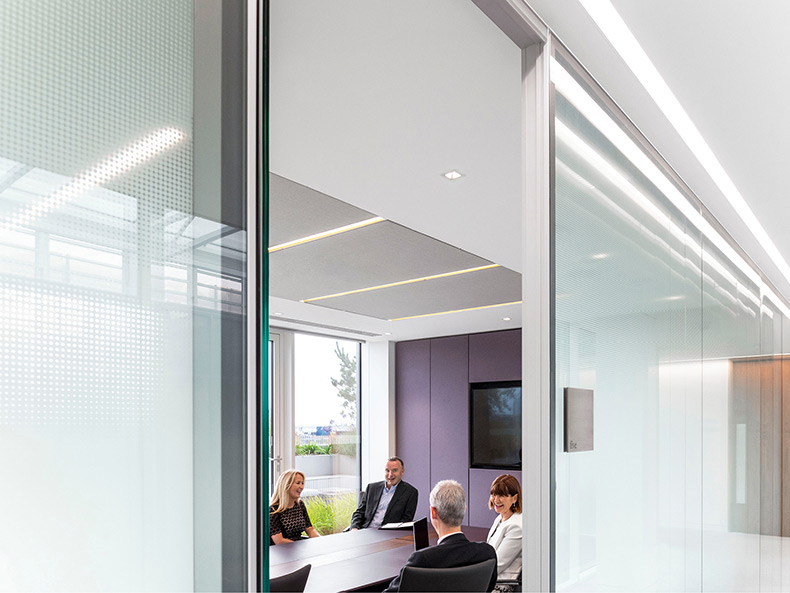

COVID-19: Practical Considerations: Making contingency plans for AGMs

Click here to view this briefing in PDF format.
Companies with AGMs scheduled over the coming months are advised to consider alternative solutions in the event that their AGM cannot proceed in the usual manner.
Companies should follow up-to-date guidance issued by the HSE, government and international organisations monitoring the impact of COVID-19, as circumstances may change at short notice.
Delay
For companies that have yet to issue their AGM notice, one option may be to delay the AGM to later in the year. One draw-back for this approach is that there are statutory limits on the latest date for the meeting and companies will need to consider the following:
- Not more than 15 months can elapse from the date of the 2019 AGM to the date of the 2020 AGM.
- Not more than 9 months can elapse between the financial year end and the AGM date.
- Share issuance authorities and share buy-back authorities passed at the previous AGM should be reviewed for any resolution-specific expiry dates, if it is likely that those resolutions will be used.
In practice, this may mean that the maximum delay period for the AGM is between early August and late September.
Adjournment to New Date or Venue
Where companies have already issued their AGM notice, most will have the power under their constitution to adjourn the AGM to a different venue and/or date where necessary.
Subject to the company’s constitution, in order to adjourn an AGM, the meeting must usually first be commenced, before being immediately adjourned.
Where the meeting is adjourned, to a later date, the same issues as noted above will arise, in relation to the timing of the 2020 AGM and the impact on any authorities passed at the 2019 AGM. Accordingly, the adjourned meeting will, for most companies need to be held between early August and late September.
Measures to Reduce COVID-19 Transmission at AGM
Companies are recommended to enclose a notice alongside their AGM Notice setting out “measures to reduce COVID-19 transmission at AGM”. For companies who have already issued their AGM notice, this may be issued as a follow-up communication.
The notice should include the following details:
- the company considers the health of shareholders, attendees and staff a top priority and has implemented, and will continue to implement, the measures advised by the HSE to minimise the spread of COVID-19 (a copy of the most recent HSE flyer on COVID-19 may be included by hyperlink or in hard copy);
- shareholders are strongly encouraged to appoint a proxy to attend and vote at the AGM on their behalf, as the preferred means of fully and safely exercising their rights, as personal attendance at the AGM may present a risk to themselves and others;
- shareholders are encouraged to submit questions in advance (using the facility outlined in the AGM documents);
- that the AGM will be held in accordance with HSE guidance, accordingly:
- the meeting will be conducted very quickly with the minimum quorum and one director as the Chair;
- personal attendance is not recommended and shareholders are encouraged to appoint proxies;
- votes will be by show of hands. Where any resolution is defeated, only then will there be a poll. (The Chair will bring a pre-completed polling card);
- lunch/ refreshments will not be provided;
- how to participate in the AGM electronically (where appropriate);
- that the meeting (or aspects of it such as the CEO/ CFO presentation) will be made available via webcast. Viewing such a webcast will not satisfy the requirements for participation in the meeting so shareholders are reminded to return their proxies;
- in the event a change of venue is necessitated (e.g. due to closure/ restrictions on venue) how this will be communicated; and
- recommending that shareholders keep up-to-date with HSE guidance regarding travel, self-isolation and health and safety precautions.
Other practical issues to consider include:
- venues such as hotels, conferences halls, offices are likely to remain closed for many weeks;
- companies, who have booked a venue that is likely to close, should check with the venue as there is likely to be a car park or other public space which can still be accessed. If such a public space is available, the meeting can be held there without needing to undertake a formal adjournment to a new venue;
- the impact of a potential disruption to the postal service (for service of the AGM notice and papers), including the use of alternative postal services should also be considered.
Proxies
The use of proxies should enable the meeting and voting to proceed with as few people physically present as are necessary to satisfy the quorum requirements (for most companies this will amount to two people present).
Companies should consider making an RNS announcement encouraging shareholders to exercise their right to appoint a proxy to attend and vote on their behalf, rather than attending the AGM in person.
Where the form of proxy has not yet been finalised, it is recommended that there is a full power of substitution included in the proxy to maximise flexibility in the event of unforeseen circumstances arising.
AGM Location & Quorum
There must be a physical location for the AGM specified in the AGM notice. The quorum will be determined based on the number of shareholders present in person or by proxy at the meeting, usually with regard to the physical location of the meeting. In general, while it will not be possible to avoid the necessity to have a quorum of shareholders (ideally represented by proxy) physically present at the location set out in the AGM notice, it should be possible to hold a quorate meeting with minimal physical attendance.
Companies are advised to continue working towards holding a physical meeting at the location set out in the notice. In circumstances where the AGM venue set out in the notice is required to be moved to another location (for example due to the impact of travel restrictions or closure of a venue), while there is no prescribed notice period for communicating such a change, however as much notice as practicable should be given, and aiming for at least two weeks’ notice may be considered reasonable in the circumstances.
Electronic Participation
Where companies have provisions in their constitution permitting participation at the AGM via technology that permits shareholders to participate and vote electronically, a physical location for the AGM is still required. Even where electronic participation is permitted, companies should prepare for the possibility that the disruption caused by COVID-19 may result in the usual technology being unavailable for the AGM, and therefore electronic participation should not be relied upon to achieve a quorum.
For companies where the constitution does not permit electronic participation, putting in place electronic communication facilities to deliver information to shareholders may be employed as a means to minimise personal attendance, even where they will not be deemed present at the meeting. Other mechanisms to keep shareholders informed, without formal participation in the meeting might include; live-streaming the meeting, arranging for shareholders to submit questions ahead of the meeting (via online portal or a dedicated email address), a pre-recorded video of CEO/ CFO presentation, and making a recording or transcript of the meeting available to shareholders after the AGM.
Best Practices
- Monitor HSE & government guidance ahead of the AGM and encourage shareholders to do likewise.
- Communicate “measures to reduce COVID-19 transmission at AGM”, encouraging shareholders to appoint proxies, and strongly cautioning against personal attendance in line with pubic health guidance.
- Issue RNS announcement encouraging the use of proxies.
- Include powers of substitution in form of proxy.
- Proceed with AGM where possible, in accordance with HSE guidance, with minimal but quorate in-person attendance .
- Discourage physical attendance at AGM in line with public health guidance on “social distancing”:
- use technology (where possible) to communicate with and deliver information to the board and shareholders (even where this does not amount to formal participation at AGM); and
- make arrangements for shareholders to submit questions in advance of AGM.
For further information on this topic, please contact your usual Arthur Cox contact.
